I’m going to lay my cards out on the table at the start here. I’m a 29er convert. I have been since riding my first, ooh, seven or so years ago. What can I say? I like the way they roll. Literally. My fandom began with the bikes that were available, from racey XC bikes to early generation fully suspended trail bikes like the Santa Cruz Tallboy. Longer travel 29ers became available, but generally that meant 140mm of travel rather than the 160mm or so of travel that equivalent smaller-wheeled bikes carried. It was always a design challenge to squeeze in a front mech, big wheel and long travel into a frame without lengthening the chainstays to a point that effected handling (or, more likely, were large enough to put people off before they’d ridden it). The advent and general acceptance of 1x systems and now Boost have made it easier than ever for designs to tackle that particular conundrum.
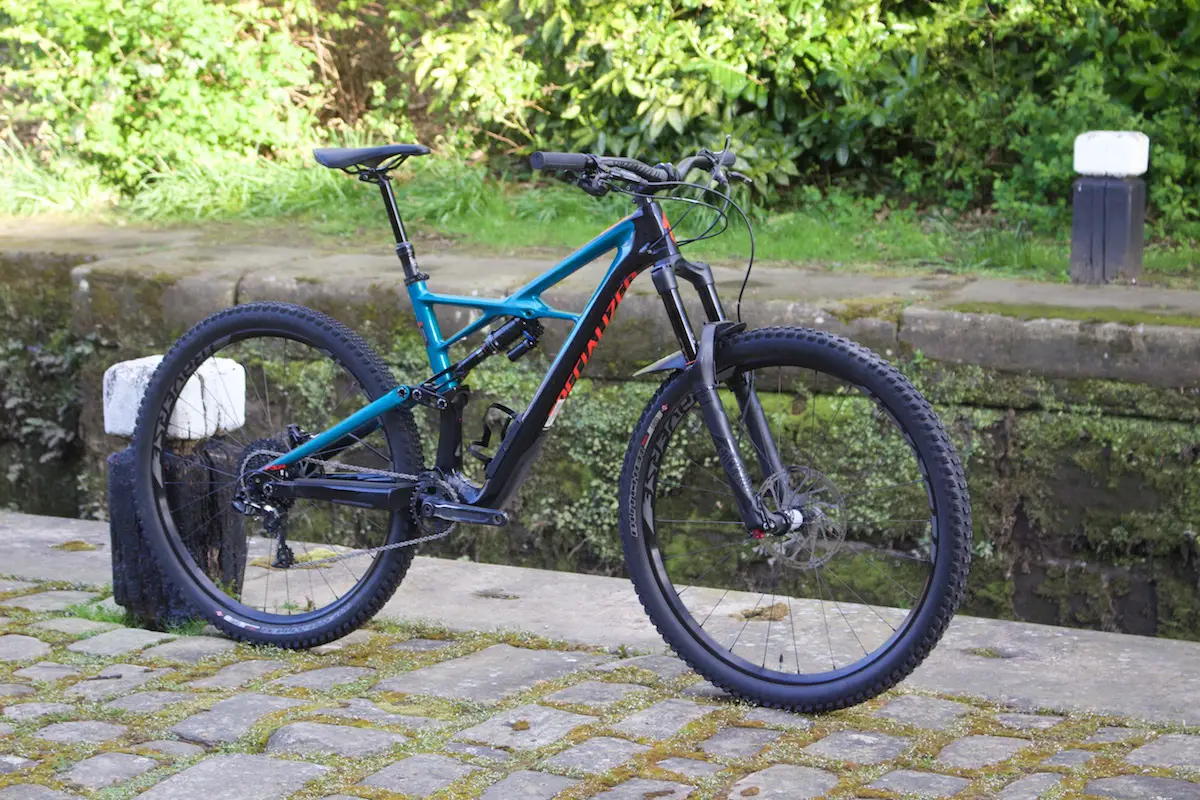
The 2017 Specialized Enduro29 has 165mm of rear wheel travel. One hundred and sixty five. On a 29er. Ooph. This a smidge more than last year’s model, thanks to a tweaked suspension linkage, and a mere 5mm less than its 27.5 brother. Specialized have taken an interesting approach, offering each level of Enduro in either 29/27.5+ or 27.5 flavours, with otherwise identical specs. The Elite Carbon 29/6Fattie is the bottom rung carbon model, featuring a slightly lower spec front end compared to the S-Works model, and an alloy rear end. The Enduro Comp sits below it, with a full alloy frame. The Enduro 29 is playing in a pretty small pool at the moment. For the most part, ‘long travel’ for 29ers still means 140mm, but things are slowly changing. Orange’s Alpine 6 and Nukeproof’s Mega step up to 150mm, as does the Trek Slash. The Evil Wreckoning goes further to 160mm.

The first Enduro model entered Specialized’s line up way back in 2002, pretty much predating the genre of racing that now shares its name. It’s always been at the forefront of pushing whatever long travel meant at the time though and the new Enduro stays true to that ethos. The Enduro is unapologetic in its design remit – its all about speed over the roughest ground. From my point of view, I was interested to see what an extra 40mm or so of travel would offer over my regular ride (a Cotic FlareMAX – stay tuned for James’ long term test thoughts soon). How much faster would it be on the downs? Would it be a boring ride on mellower trails?
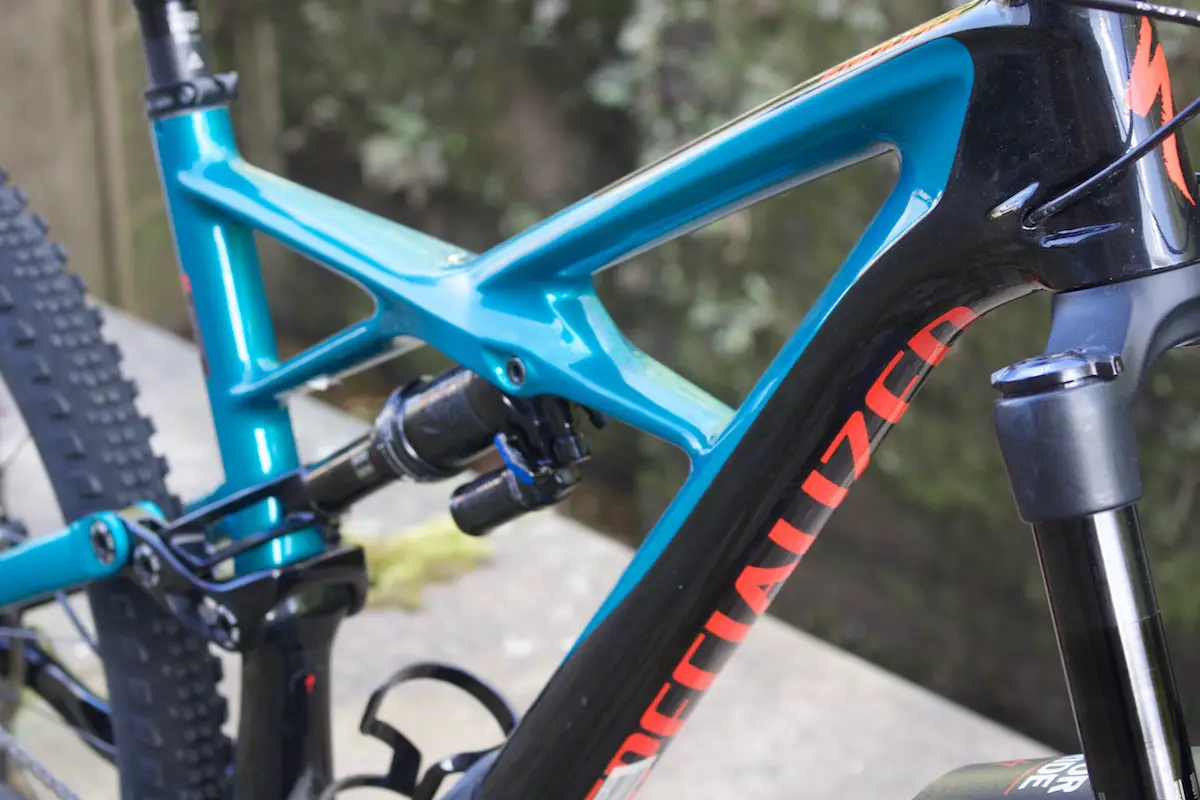
The Bike
We covered the basic spec back in our first look, but let’s recap the important features. The frame uses Specialized’s own ‘FACT 9m carbon fibre’ for the main triangle. The S-Works model uses a more expensive lay-up, but according to Specialized the Elite gives little in terms of stiffness or ride feel, at the cost of being a little more portly. The rear end is constructed out of good old aluminium (if you want full carbon, you’ll have to pony up for the S-Works (£7400) or the Ohlins Coil model (£5400). Alternatively, the Enduro Comp is full alloy and £2900. All in the Enduro Elite weighed in at 14.34kg without pedals. Not light by any stretch of the imagination, but acceptable for bike of that size and stature.
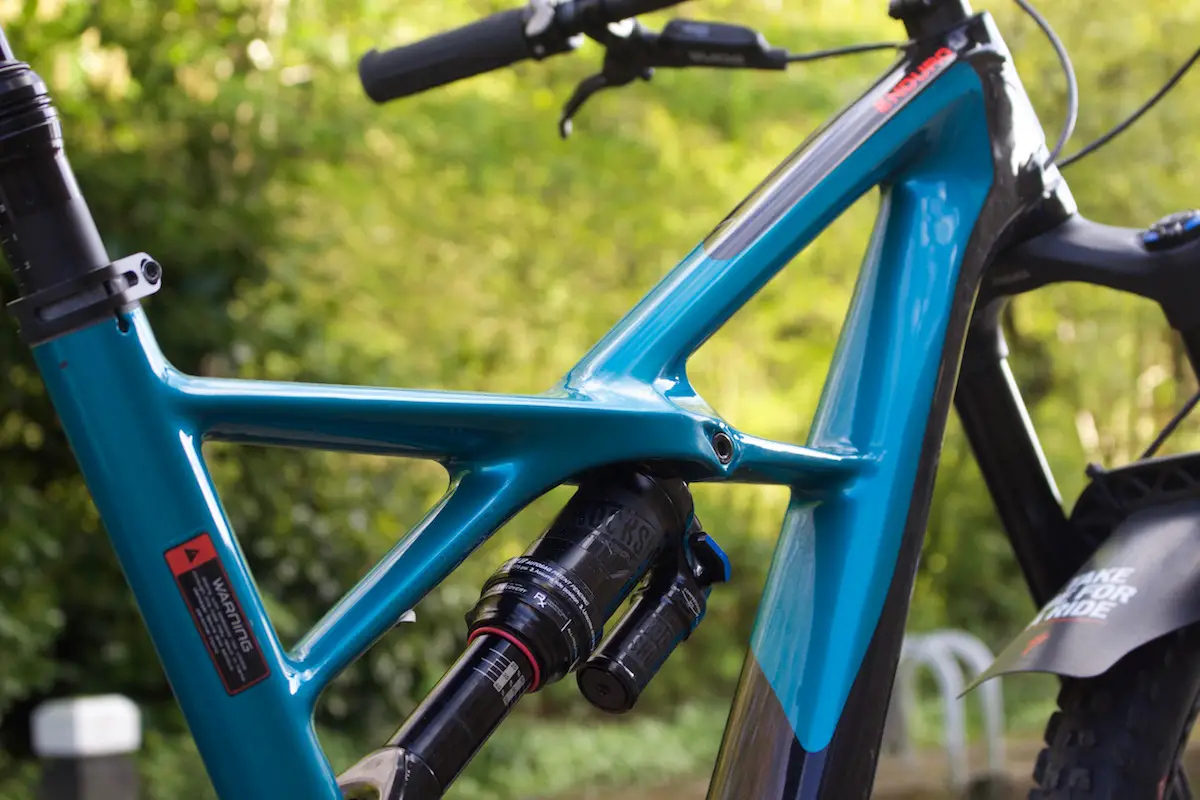
The ‘X-Wing’ layout has been around for a while now, and despite being visually similar, 2017 has seen a few tweaks compared to the previous Enduro 29. Unsurprisingly the marketing blurb ticks all the boxes… longer top tube, slacker front end, shorter chainstays and a lower bottom bracket. Bingo! That translates into some solid looking numbers, if not wildly radical. My large test sled came with 450mm reach, 620mm stack. All frame sizes have a 352mm BB height (measured with 29×2.3in tyres) and 66º head angle. Want to pore over the numbers in more detail? Check here. Cables and hoses are internally routed through the downtube to keep things tidy, and the Enduro features the SWAT cut out in the down tube, providing enough room to squeeze a spare tube and a bag of jelly babies. There’s also enough room to run a water bottle in the traditional location.
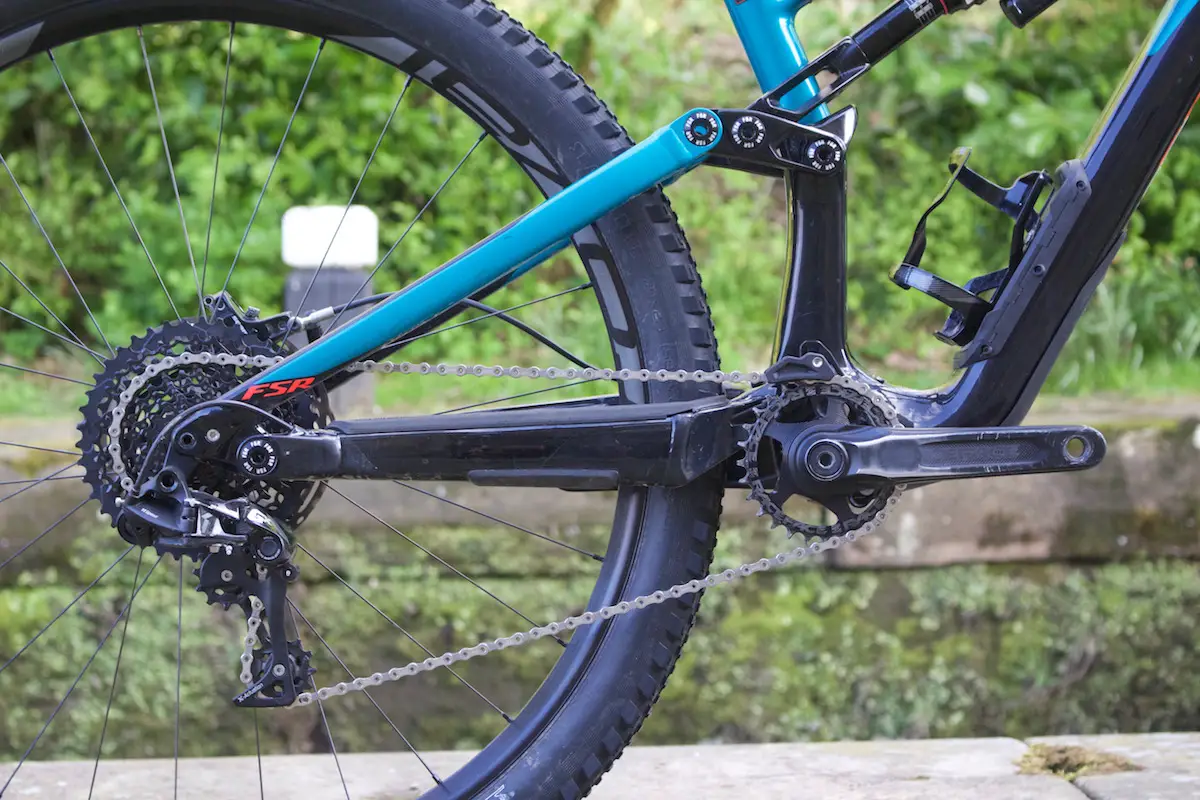
As the 29/6Fattie moniker suggests, the Specialized is available as either a 29er, of a 27.5+ option. You can, of course buy another set of wheels and swap between the two as well. Our’s was shipped as a 29er, and given a short test period I left it like that. Personally I haven’t yet found a bike that I prefer to ride in 27.5+ mode versus 29. Given a longer test period, I’d have been interested to experiment. The Enduro has enough clearance for 29×2.6in tyres though, which I’m more excited about. Could they be the Goldilocks not too big, not too small? While we’re on tyres, the Enduro came with Specialized brand tyres – the aggressive Butcher on the front, and the fast rolling semi-slick Slaughter at the rear both come with tough ‘GRID’ casing. The wheels are, in fact, an all Specialized affair. Their Roval Traverse alloy rims grace the bike and are of course, tubeless ready. The front is 110mm boost and features Torque Caps – which marry up nicely with the fork dropouts and increase stiffness. Rear is 148×12 Boost.
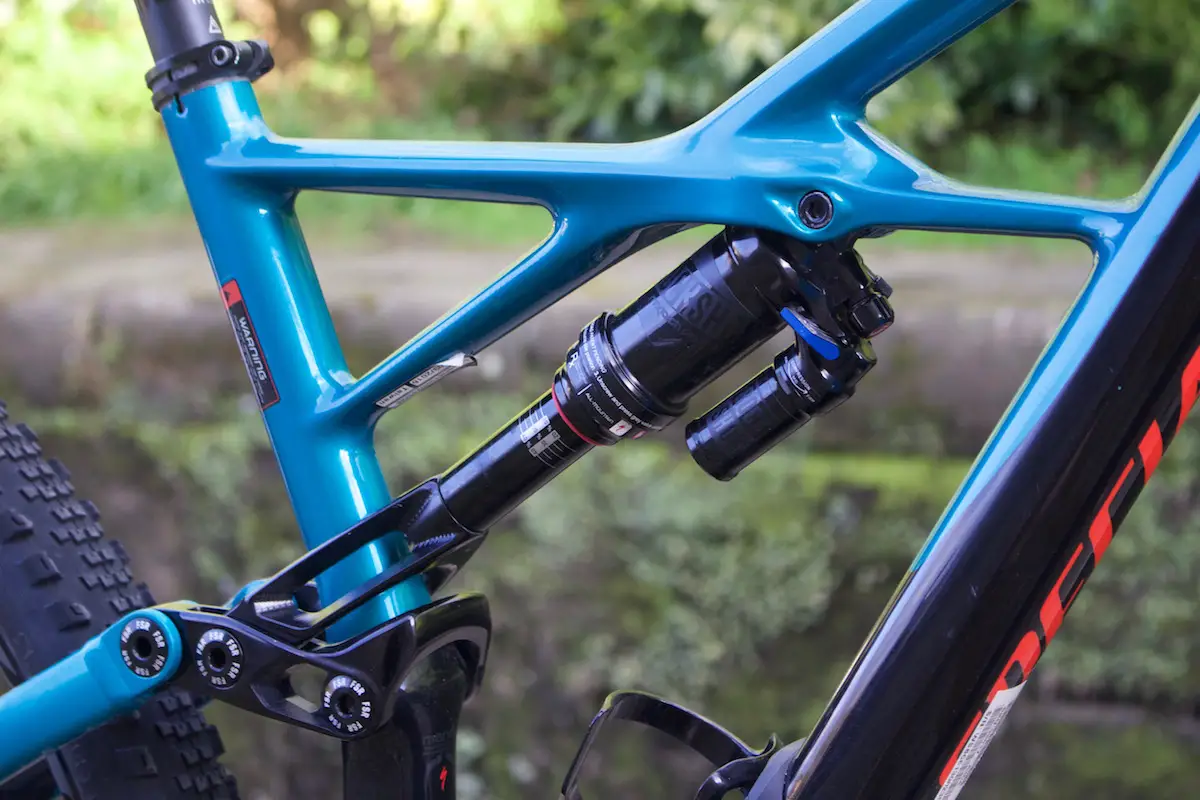
RockShox handle front and rear suspension duties with the Monarch Plus at the rear (with the Rx All Mountain tune) and a 160mm Lyrik RC Solo Air fork out front. The Monarch Plus comes with Autosag to help with setting air pressure. For me the resulting ride was a little too soft and ended up riding at around 40% sag. I ended up settling for something closer to 30%. The Lyrik RC uses the Charger damper, but lacks the adjustability of the RCT3 model.
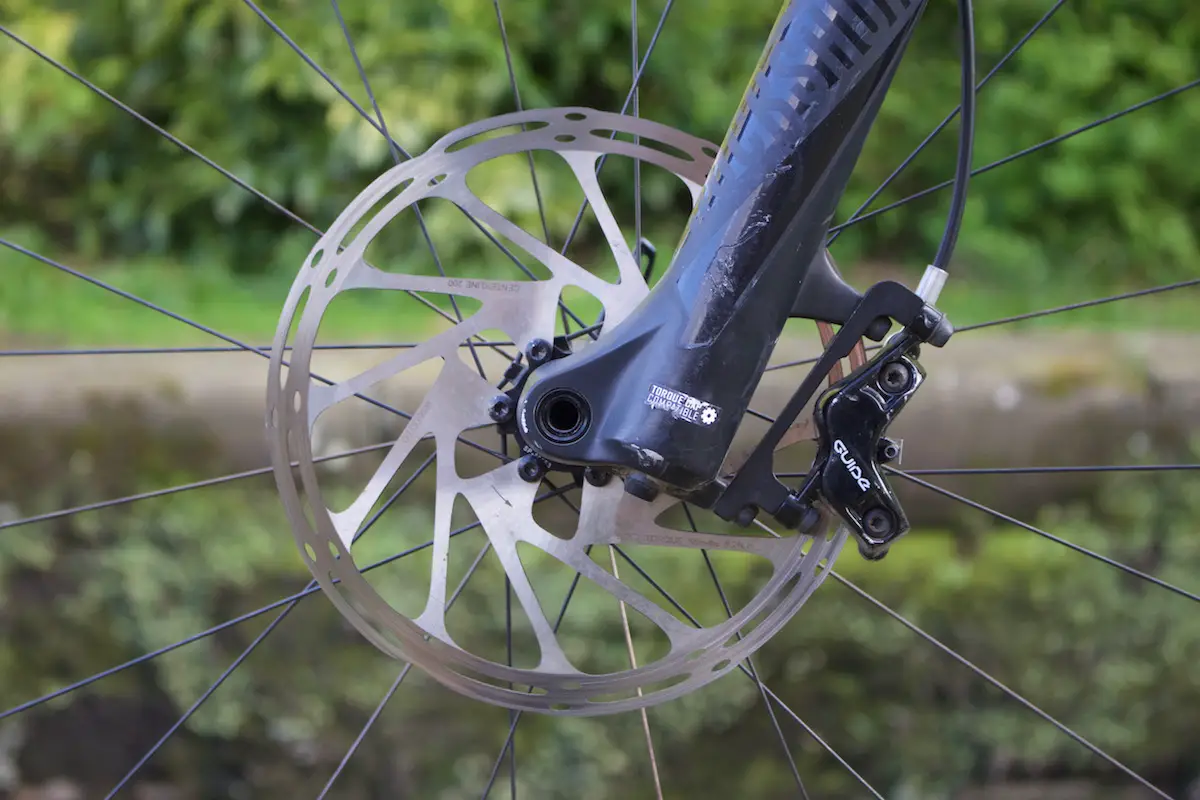
SRAM also take care of stop and go duties. Their Guide brakes have been around for a couple of years now and are quickly becoming well known for their consistent performance. The Enduro Elite comes with the basic spec “R” model. It’s also nice to see a 200/180mm rotor combination as standard on a bike that is designed to carry as much speed as possible.
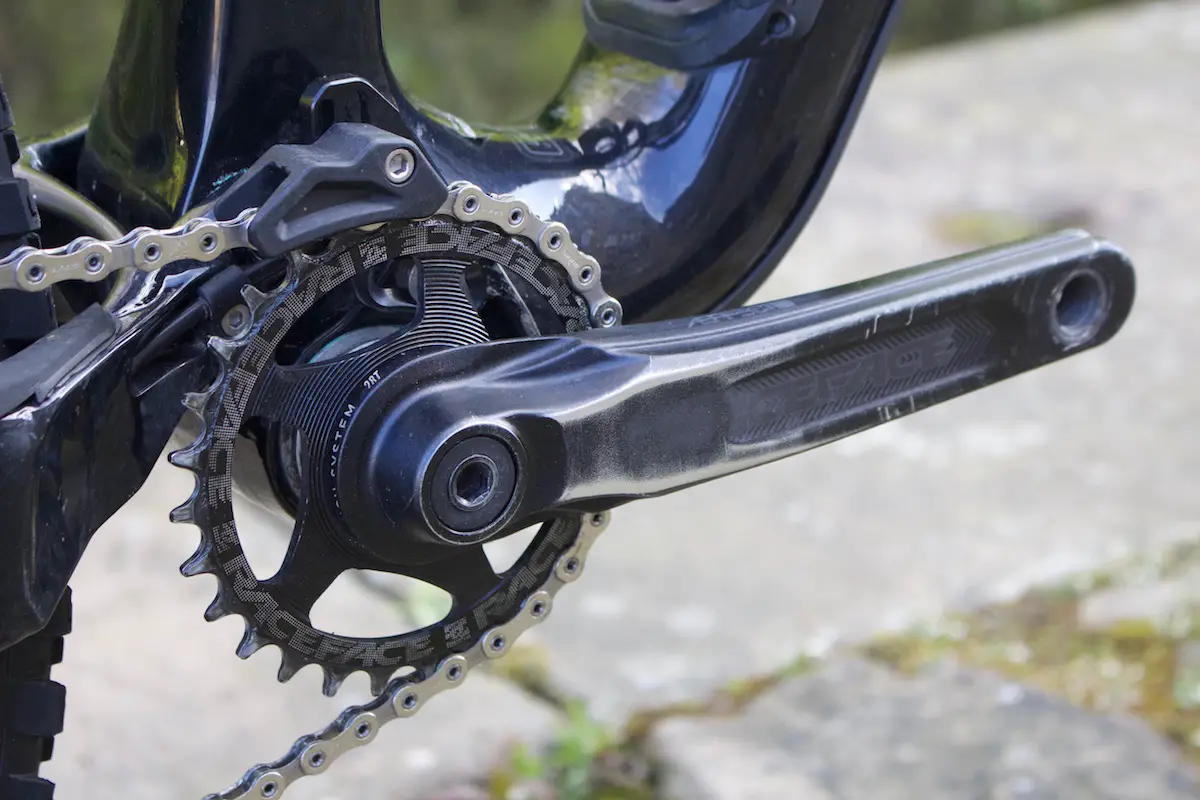
SRAM GX 1×11 shifting and cassette aren’t quite as glamorous as their higher range groupsets, but won’t lead to as many tears should the mech meet a rock. Specialized has taken the refreshing and welcome decision to use a good old BSA threaded bottom bracket and paired it up with RaceFace Aeffect cranks. The direct mount 28t chainring made for pleasant twiddling up climbs, but I think I’d rather a 30 or even 32t for better wind-out on faster descents.

All the finishing kit is from the Specialized stable. Handlebars are a sensible 780mm width (it’s so much easier to cut them down than it is to add width), the 60mm stem felt incongruous though. I’d rather see a bike like this designed around something closer to 35mm. This highlights one of the concerns I had about the bike – it is just a bit short in the top tube. I’m 6ft, and with hindsight would probably choose to ride the XL, which doesn’t leave those who are taller anywhere to go.
Equally, the Specialized Command dropper has a miserly 125mm of drop. Such a big bike is crying out for 150mm or even 170mm drop. More frustratingly, the Enduro has been designed with a relatively low seat-tube specifically to allow this. Doh.
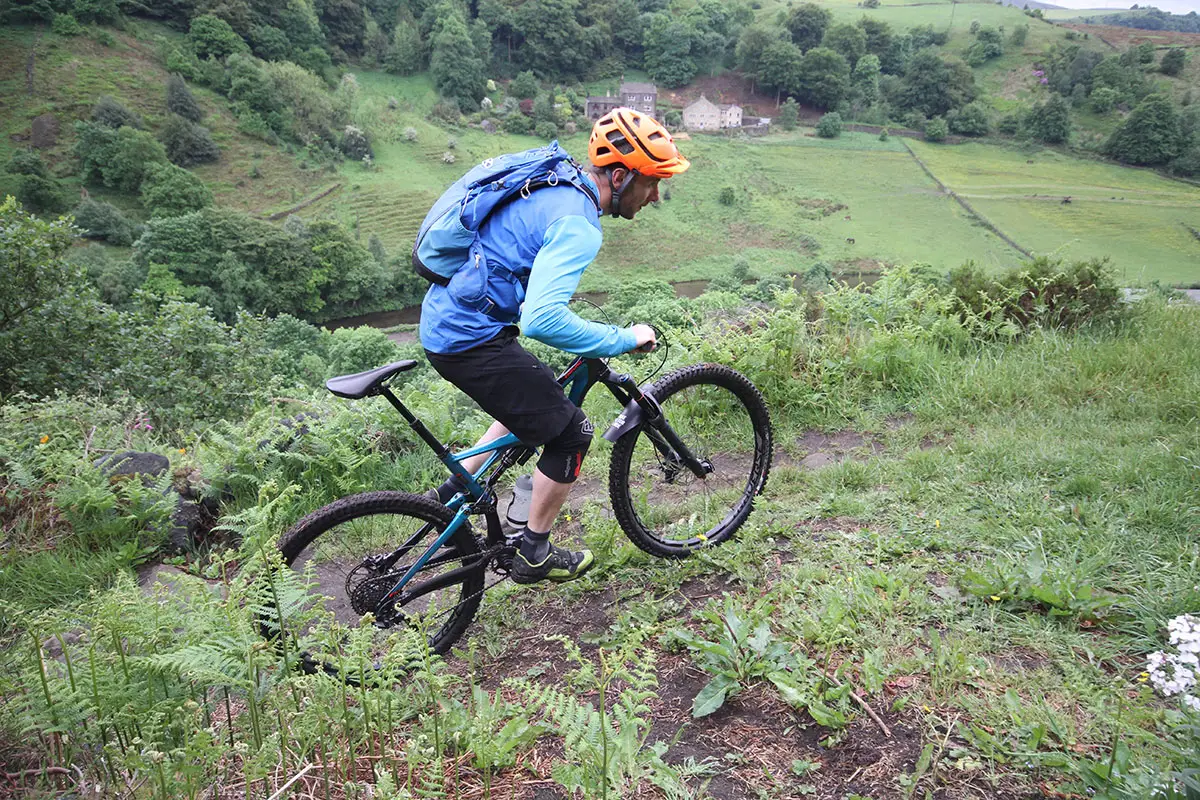
The Ride
Hopping straight onto the Enduro, it doesn’t feel like the bruiser of a bike that its look suggests. As mentioned above, the reach was only just long enough for me with a 60mm stem. It didn’t feel cramped, but equally I’d have happily had a little more, especially if it allowed me to run a shorter stem. Other than that, there are no quirks to the set up, no oddities in ride geometry.
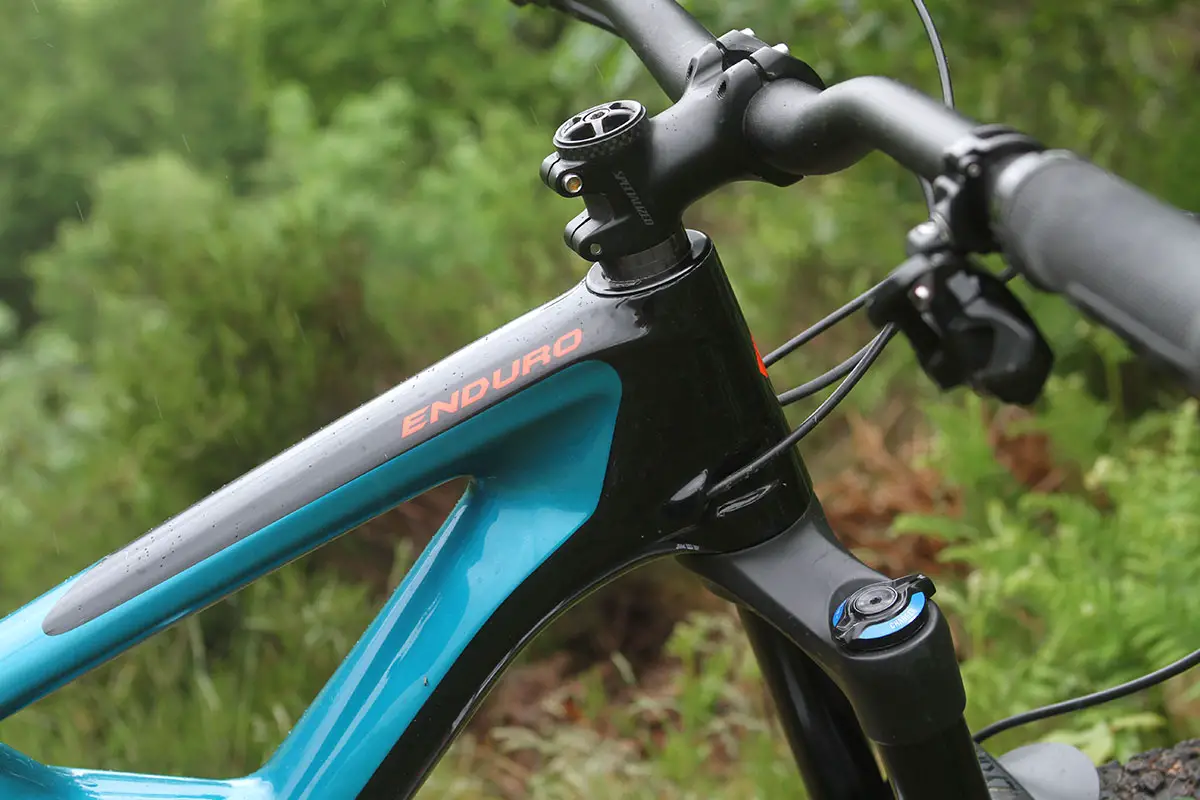
Rear shock set up took a little while to get dialled in. Using the auto-sag adjustment left me with an overly soft shock which sapped energy during pedalling. This was easily remedied by adding a little more air – who’da’ thought it? The shock has three external compression damping settings – open, trail and firm. Once set up, I was happy leaving the shock in open for the most part, but it is a feature of the FSR/Horst link suspension that it stays active under pedalling. I quite like that, and the additional grip that this brings, but it can feel a bit inefficient on smoother climbs. Fortunately the switch is easy to reach from the saddle and even the trail setting gives a significantly firmer platform. It was a pleasant surprise that such a big bike climbed so well.
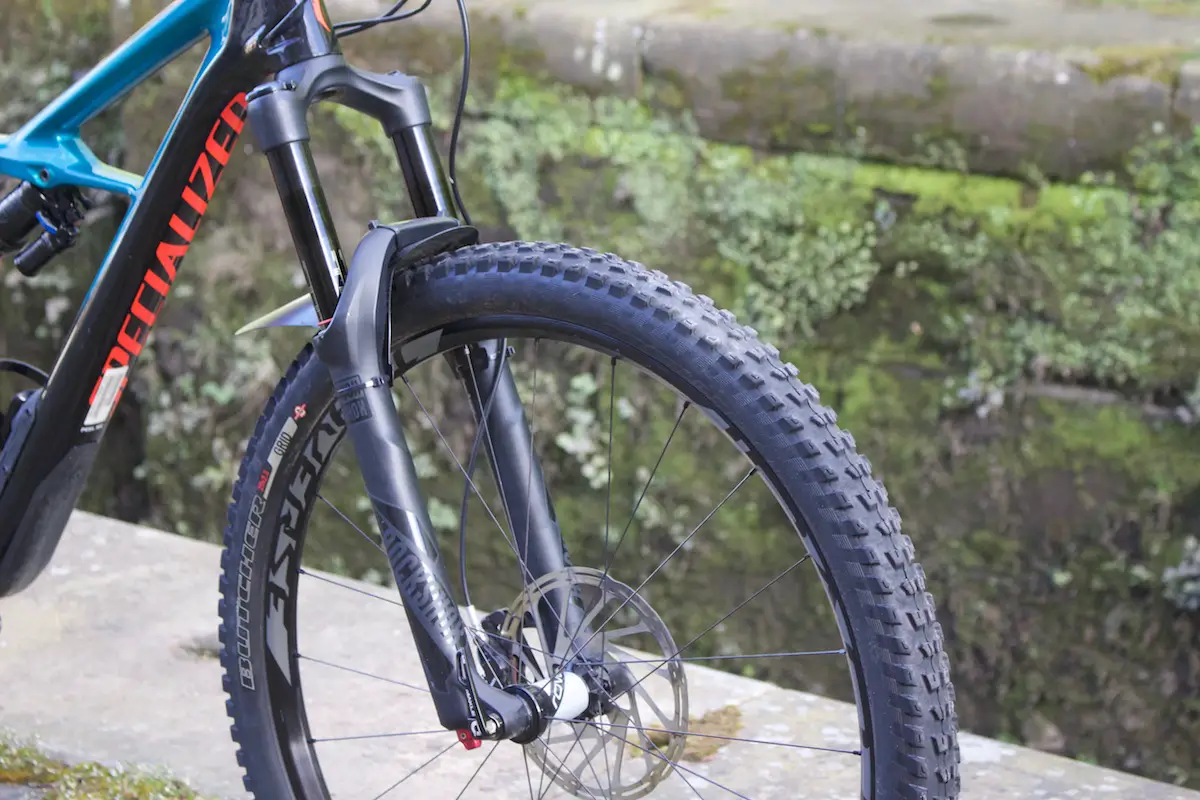
The Lyrik was a happy surprise. I’m a long term fan of the Pike, but have had to stack it full of volume spacers to get the mid-stroke support I’d like. The Lyrik felt closer to this performance from the off, with a supple feel over small bumps but standing up better on steeper ground and over repeated heavier hits. It is also noticeably stiffer than the Pike and the X-Fusion McQueen I’m running on my FlareMAX. The result is a confidence inspiring front end that encourages you to weight the front wheel and attack into rough ground.
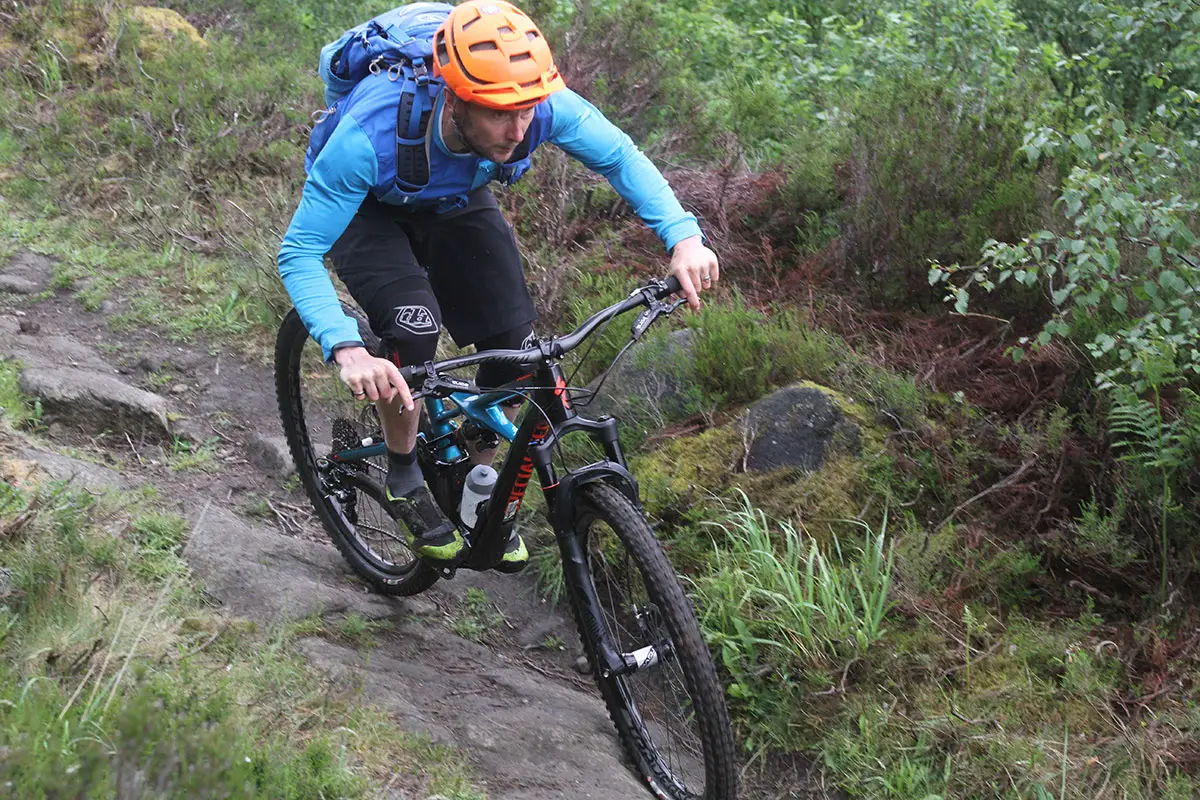
On mellow trails, the Enduro felt relatively anonymous. It wouldn’t be my first choice for an XC ride, but it certainly didn’t feel like purgatory to pedal around my local bridleways. It happily pottered along and would respond to the odd acceleration without complaining or feeling like it sucked the very life out of you. It rolled well (no doubt helped by the semi-slick rear tyre and 29er wheels) and just got on with being a bike. I was lucky enough to have an entirely dry test period for the Enduro – unheard of. For year round use, the rear Slaughter would get swapped for something with a little more tread. As it was, I was impressed with the grip/rolling resistance balance on the rear. The shoulders of the tyre match the Butcher at the front and dug in nicely under cornering.

Back on the steeps though, the Enduro feels at home. As soon as gravity offers to lend a hand, the Enduro maintains speed like no other bike I’ve ridden over rough ground. In a straight line it is utterly unstoppable and left me barrelling down familiar trails significantly quicker than I normally would. The combination of big wheels and big travel ploughed through anything in its path. The stiffness of the fork was welcome – laterally, but more importantly stiffness fore and aft was solid, without the sensation of the front tucking under or fluttering during heavy braking. That stiffness in the forks was mirrored by the frame. It was forgiving of mistakes and yet felt lively and nimble enough to make quick line choice alterations on the fly. I’m not a natural in the air, but fortunately the Enduro is well balanced and well behaved and simply transported me to my landing point with minimal heart flutters.
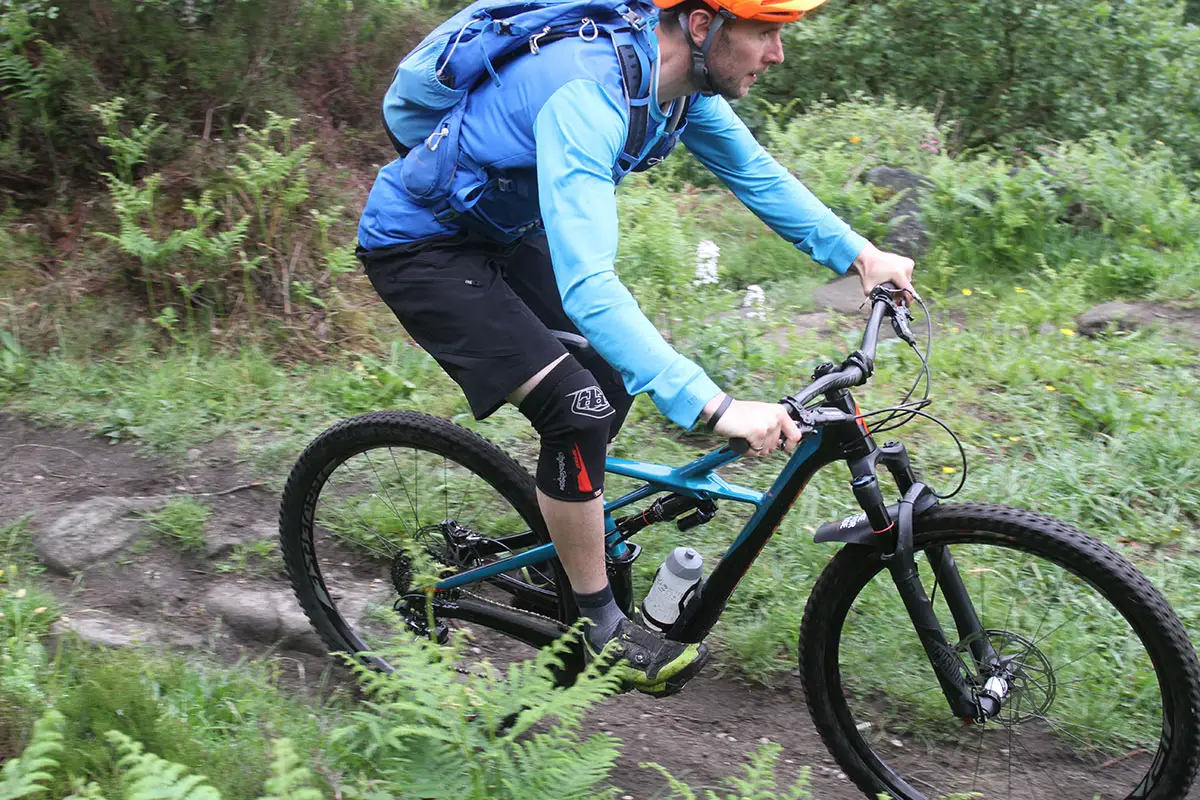
One minor niggle was I’d have liked to have seen a slightly lower bottom bracket. While the bike was by no means tippy, it could have felt even more stable just another 5 or 10mm closer to the ground. I do wonder whether the BB height is a compromise to accommodate the slightly smaller diameter (and therefore ride height of) 27.5+ wheels. This, combined with that slightly too short top tube and long-ish stem left cornering feeling a little vaguer than I’d have expected from such a big bike. I’m splitting hairs though. Any issues were at the margins rather than a fundamental handling flaw.
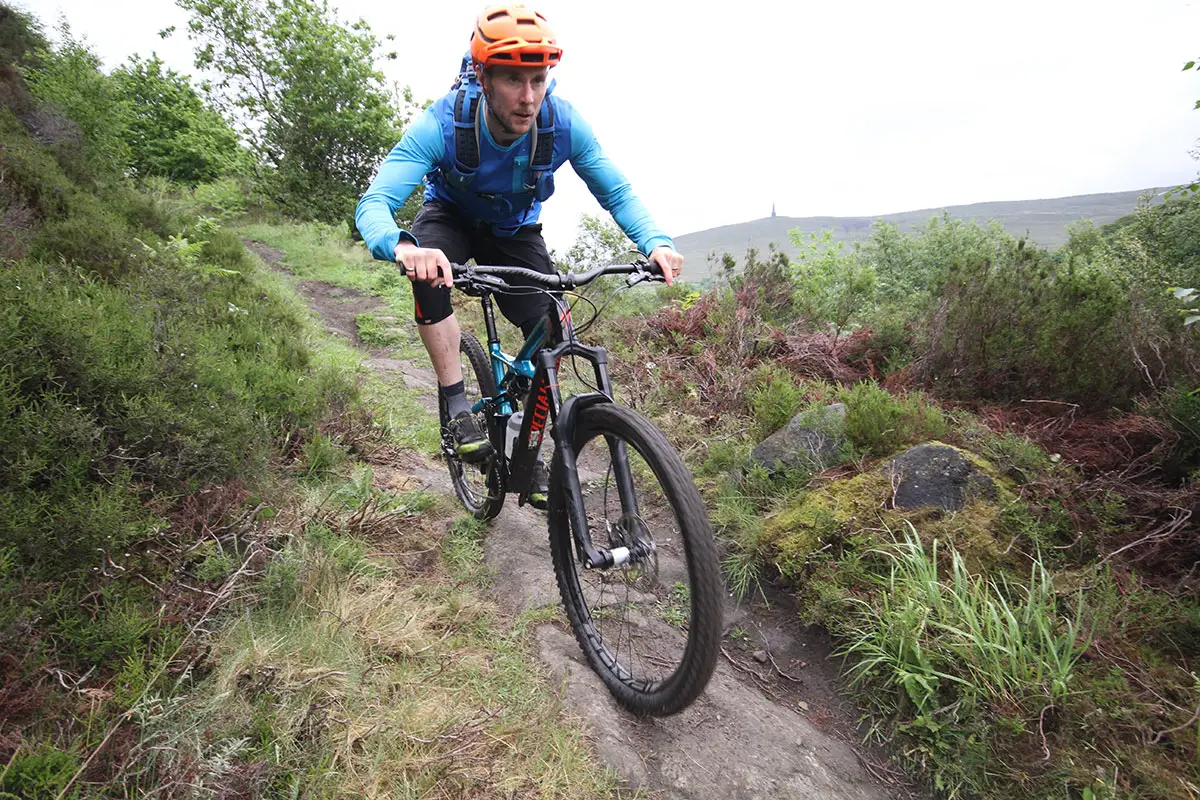
On tight, steep and slow descents, the 29inch wheels do a great job of spanning across and maintain momentum over rocks. The only place I found them to be more of a handful was tightly spaced, very steep, very tight switchbacks. All of a sudden, the bike felt all of its length and needed some real manhandling to get it round – again, possibly not helped by the BB height and stem length.
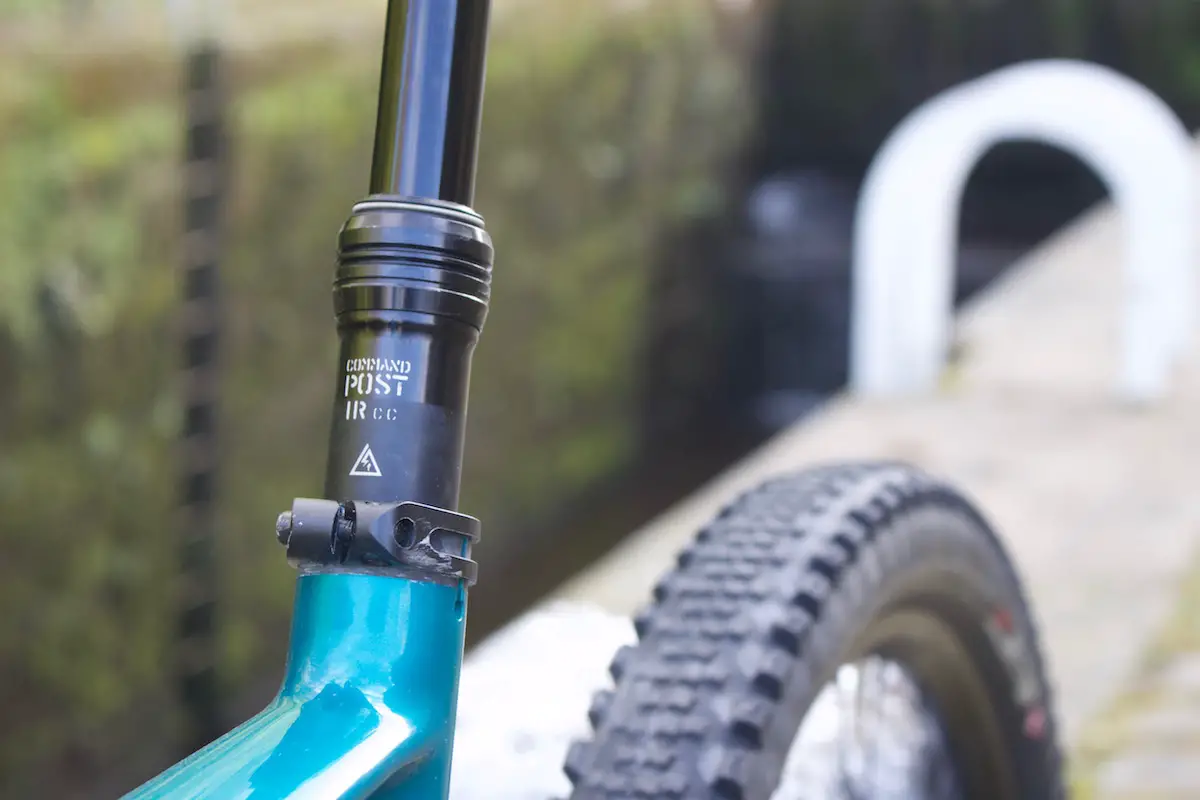
Durability Notes
The components on the bike performed exactly as you would hope and expect. This was a short term test in good conditions, so little can be said for longevity other than exactly the same components have done me proud on longer term test bikes and my own kit. There is very little that I would chose to swap from the stock build, other than the aforementioned rear tyre and the Specialized Command Post. Specialized’s own brand dropper is functionally fine, if a little clunky in comparison to others now on the market. It’s return is noisy and violent to the point of being disconcerting – I would fear the paddling my behind was about to take if I didn’t move far enough out of the way of the saddle. I’m exaggerating slightly, but it was loud enough to draw comments from riding companions. Drop is limited to set points of travel, which functionally wasn’t a problem except occasionally the locating pin didn’t quite engage, so I’d find the post dropping to the next travel point when weighted. Finally, and most importantly, the 125mm drop just isn’t long enough on a large bike. For general trail riding, it was plenty enough to get the saddle out of the way, but on steep terrain, I wanted to get my weight lower than the saddle position allowed.
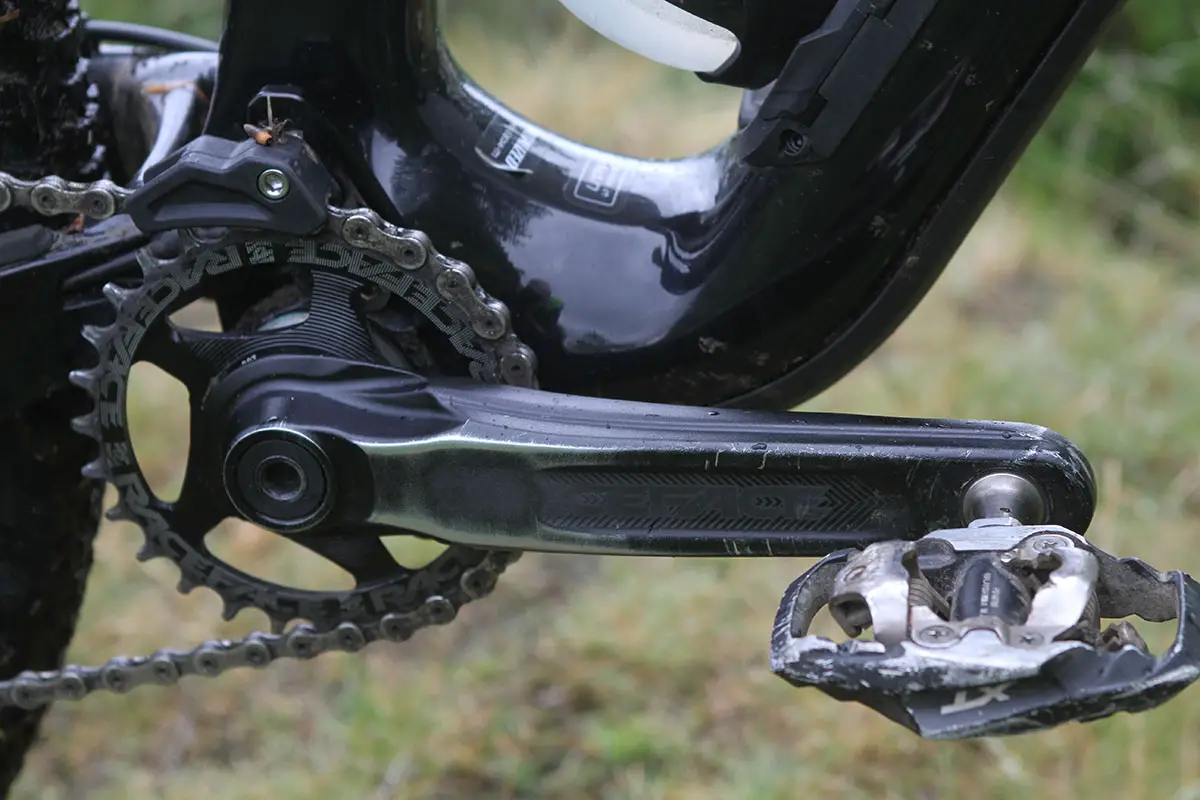
Three Things That Could Be Improved
- Slightly longer top tube for a given size, and a corresponding shorter stem
- Longer dropper post as standard, at least on larger sizes
- Drop that BB by a centimetre or so
Three Things That We Loved
- The fastest straight line descending bike I’ve ever ridden over rough ground
- Great choice of reliable components
- Stock suspension set-up that wrings the very best out of a great frame.
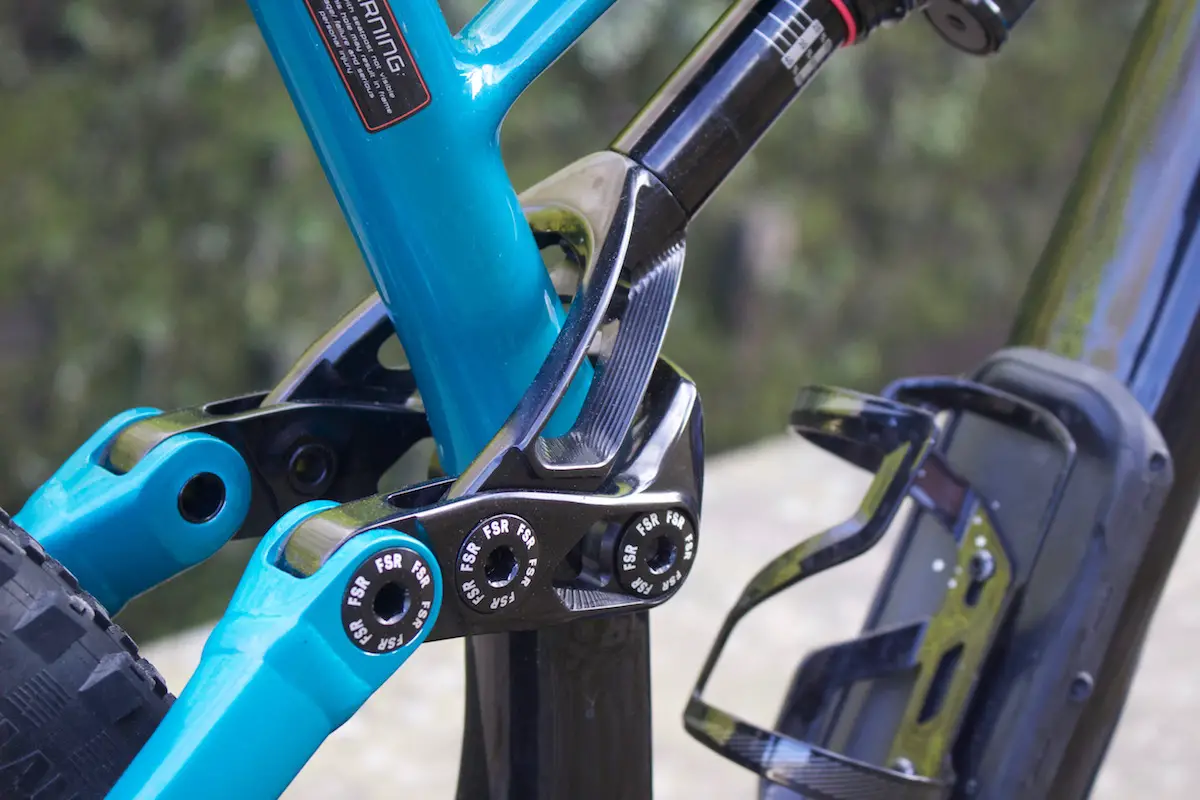
Overall
Ultimately, it is hard to think of a better bike for out and out enduro racing, or any scenario where you want to earn your descents, but make no compromises on the way back down. If I were looking to buy an enduro race bike tomorrow, I’d be hard pressed to come up with anything that matches the outright speed and capability of the Enduro. The Elite Carbon build feels like the most sensible balance between price and component spec.
As we see more and more top racers using a 29er platform (and just this weekend at the 2017 Fort William World Cup round, we’ve seen the likes of Greg Minnaar and Jack Moir smash the competition on their 29er race bikes), it feels like we are at the tipping point that is needed for 29ers to become accept amongst the general population of gravity-inclined riders.
If you are looking for a playful trail bike that will occasionally be up to the rigours of full on racing, put the Enduro 29er on your list.
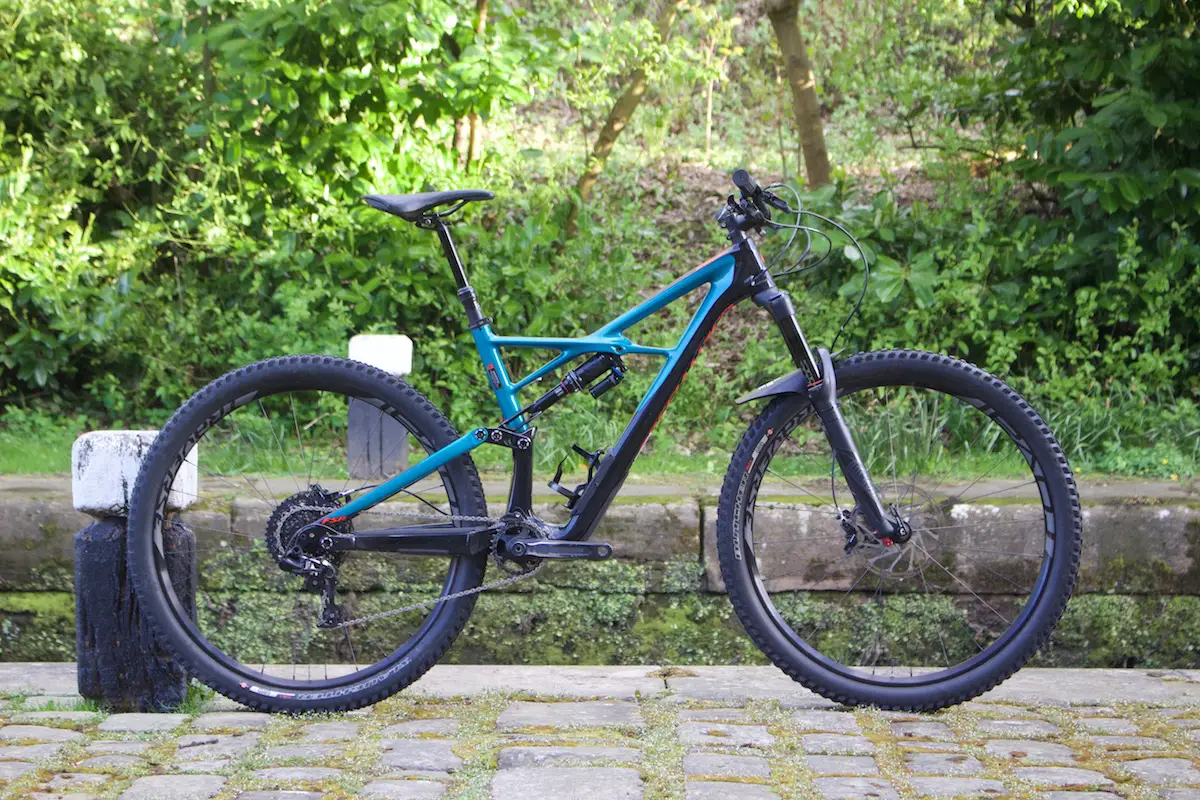
2017 Specialized Enduro Carbon Elite 29/6Fattie Specifications
- Frame // FACT 9m Carbon Mainframe & M5 Alloy Sub-Frame, 165mm Travel
- Fork // RockShox Lyrik RC, 160mm Travel
- Shock // RockShox Monarch Plus, Rx All Mountain Tune, AutoSag
- Hubs // Roval Traverse, 110x15mm Front & 148x12mm Rear
- Rims // Roval Traverse 29, Hookless, 29mm Internal Rim Width, Tubeless Ready
- Tyres // Specialized Butcher GRID 2.3in Front & Slaughter 2.3in Rear
- Chainset // Race Face Aeffect, 28t Direct Mount Chainring
- Front Mech // N/A
- Rear Mech // SRAM GX, 11-Speed
- Shifters // SRAM GX, 11-Speed
- Cassette // SRAM XG-1150, 10-42t, 11-Speed
- Brakes // SRAM Guide R, 200mm Front & 180mm Rear
- Stem // Specialized Trail 60mm
- Bars // Specialized DH, 7050 Alloy, 780mm Wide, 27mm Rise
- Grips // Specialized Sip Grip Half-Waffle, Lock-On
- Seatpost // Specialized Command Post IRcc, 30.9mm, 125mm Travel (100mm on Small & Medium Frame Sizes)
- Saddle // Body Geometry Henge Comp, hollow Cr-Mo rails, 143mm
- Size Tested // Large
- Sizes available // Small, Medium, Large, X-Large

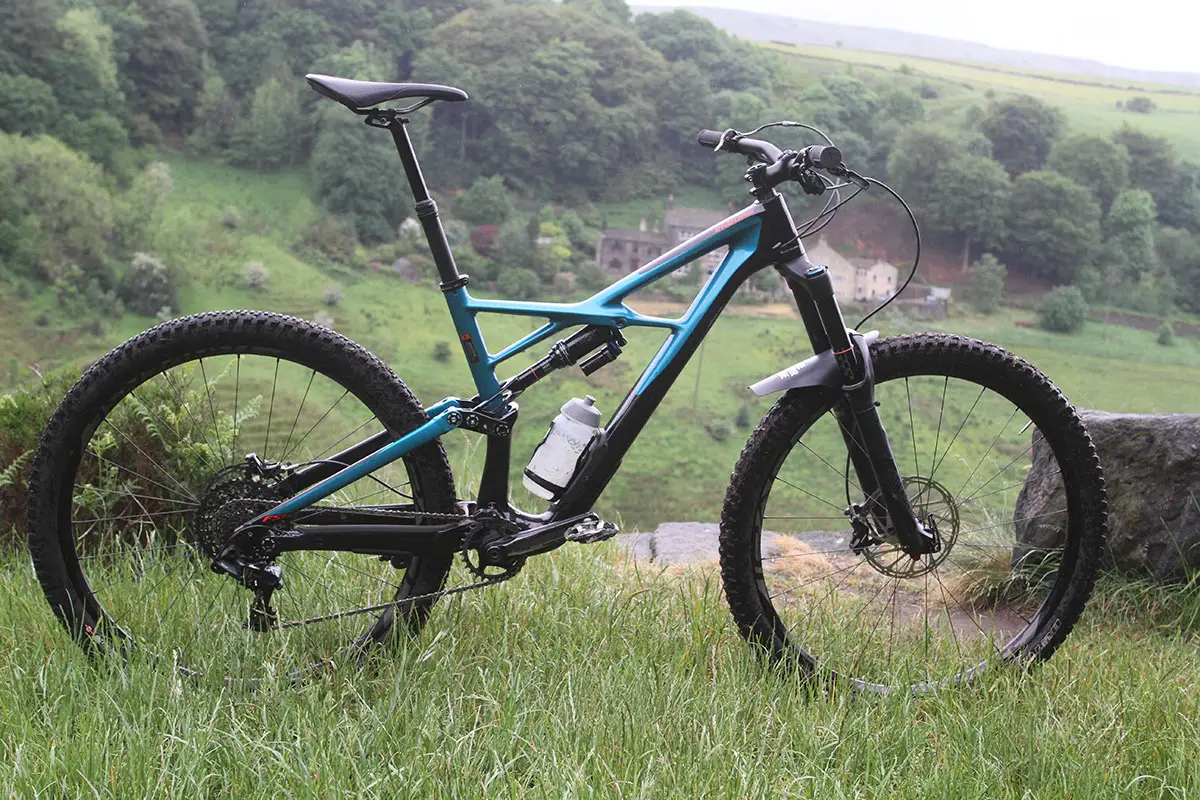




C’mon , how many bikes have you dropped in the canal doing that shot?
“The first Enduro model entered Specialized’s line up way back in 2002, pretty much predating the genre of racing that now shares its name.”
My first big bike was a 2001 Enduro Sport 🙂 Might be worth rechecking this one! 1999 I think the first one was. Awesome bike, adjustable 2 position rear shock with a coil, air Bombers on the front, ~30lbs weight.
Fair play Toasty… 98-early 2000s were a mountain biking low point for me. Got distracted by beer at university!
@Toasty & @TomHill – technically the Enduro name existed before 2002 (’99 I think was the first year the name was used?), but only as a spin-off of the existing Specialized FSR platform.
It actually wasn’t until 2002 until the first full-blown Enduro model came out with its own unique frameset and suspension design – the one with the sweet monocoque frame and ‘Itch Switch’ travel adjust feature.
If I were to buy one of these for £2550.00 would it be the best at that price? (just wondering as my current longest travel bike is a ridged 2011 Niner Sir)